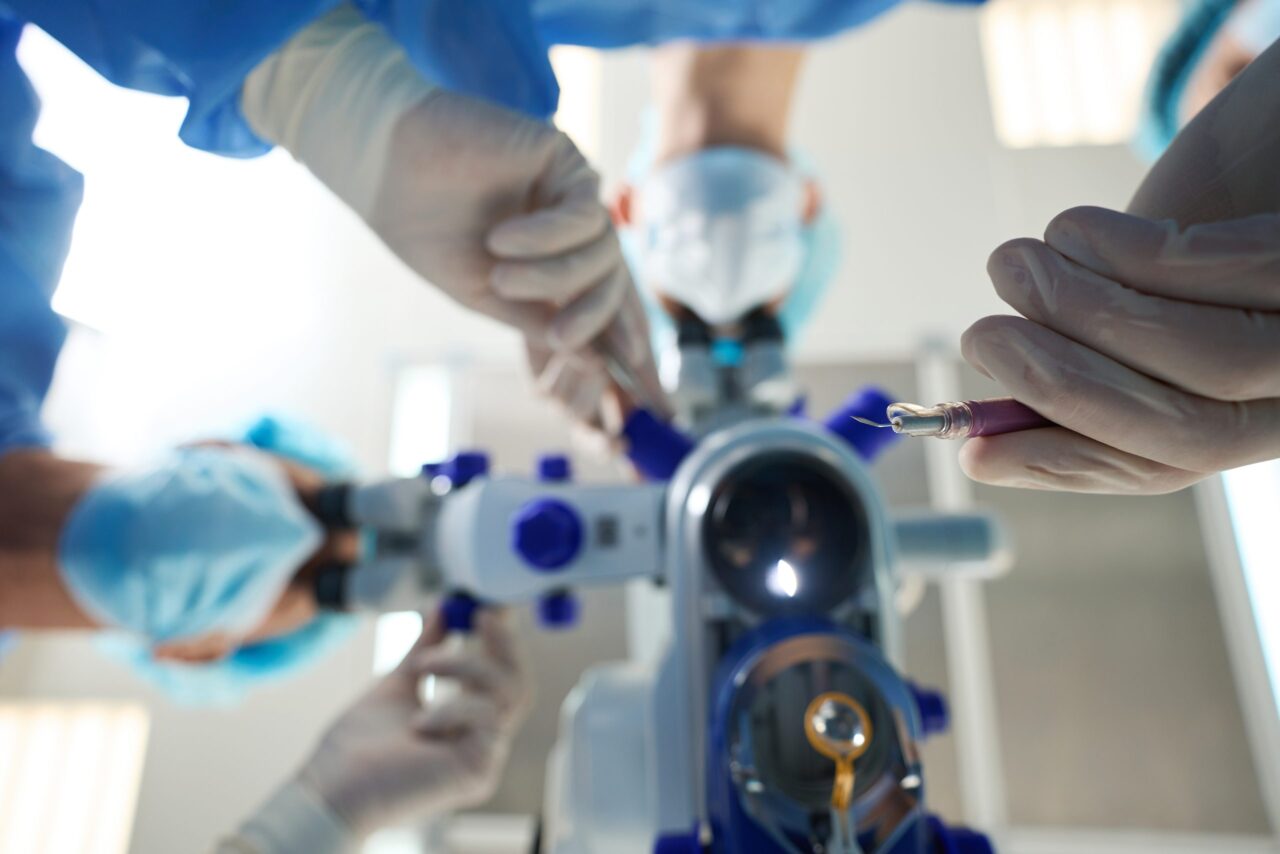Surgery is one of the most important fields of medicine with a track record of success in improving patient health. Innovation has been and remains the key to success in the field of surgery and has had to move quickly to meet the new needs of patients. Technological advances have significantly improved the efficacy and safety of surgical procedures, allowing professionals in the area to diagnose and treat clinical problems effectively.
One of these innovations is the optical surgical navigator. This state-of-the-art technology is transforming the way surgeons operate their procedures, providing a variety of benefits that improve surgical outcomes and make surgery safer and more accurate for patients.
What are the benefits in optical surgical navigator surgery?
One of the main benefits of using the optical surgical navigator is its ability to allow detailed visualization of tissues and organs during a surgical procedure. The navigator systems have a wide viewing angle that helps surgeons have a clear view of the patient’s anatomy while doing an operation.
By providing a clear image of tissues and organs, optical surgical navigators allow surgeons to view the surgical area in detail and widely to determine the best approach for the procedure and thus significantly reduce surgical time, accuracy in locating, and preservation of vital structures.
Performing surgical procedures using optical navigators also benefits the safety of open surgery. This is because the technology allows surgeons to perform minimally invasive procedures with a high-definition camera that shows them all the details of the surgical area, which significantly minimizes the risk of complications and recovery time for the patient.
How do optical surgical navigators help surgery?
By monitoring tissues during surgery, optical navigators help detect and prevent latent lesions and large errors. In addition, the precision provided by this technology helps surgeons optimize the function of tissues and organs near the site of surgery, ensuring the optimal result after the procedure with the minimum rate of complications.
Optical surgical navigators also significantly aid the efficiency of the procedure. This technology helps surgeons improve the accuracy of procedures by allowing them to have a high definition of the patient’s tissues and organs. This allows surgeons to work accurately, removing target tissue accurately and minimizing the amount of healthy tissue that is affected during the procedure.
In addition, by providing precision without the restriction of human sight, optical navigators help significantly reduce surgical time. This reduction in operating time helps reduce costs, improves the patient experience by reducing recovery time, and provides financial benefits to surgeons.
Why use optical surgical navigators to support surgeries?
Optical navigators allow detailed information about surgery, which helps them improve efficiency in surgical procedures and thus patient satisfaction. By having rich information about surgical procedures, surgeons can perform surgical education activities more easily, which improves their overall medical practice.
Health care practitioners can record detailed information during a surgical procedure for later analysis, allowing them to do critical analyzes of surgical processes and make adjustments to those procedures to improve patient outcomes and satisfaction. By offering unparalleled viewing accuracy and accuracy, optical surgical browsers are redefining the way surgical procedures are performed.
What Kalstein offers in optical surgical browser technologies
Optical surgical navigators are revolutionizing the field of surgery with their numerous technical and medical advantages. The technology developed by the manufacturer Kalstein offers accurate tissue visualization with a resolution of one millimeter, 3D modeling of tissues in real time, and provide better operational efficiency for surgeons. If you are interested in these devices, check the links HERE and HERE, where you can also get detailed information on other technical aspects, as well as purchase, prices and quotes.

